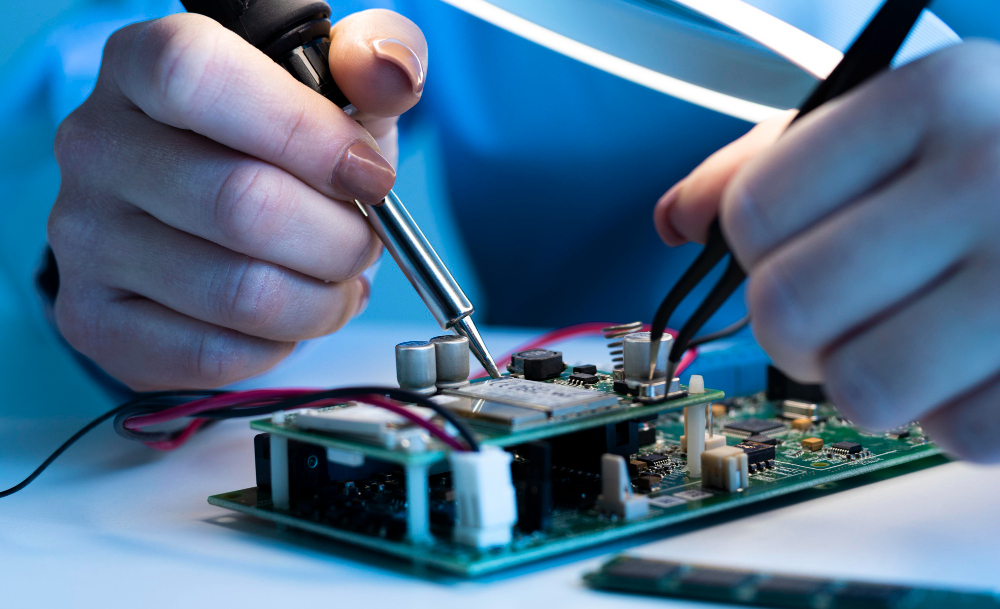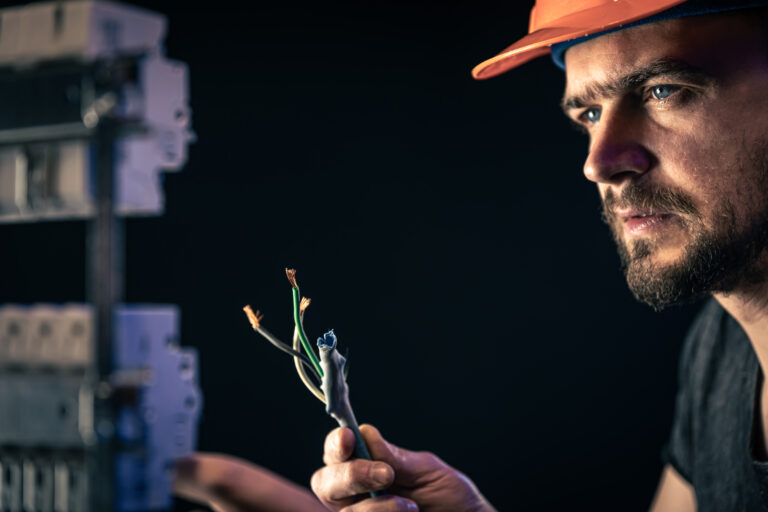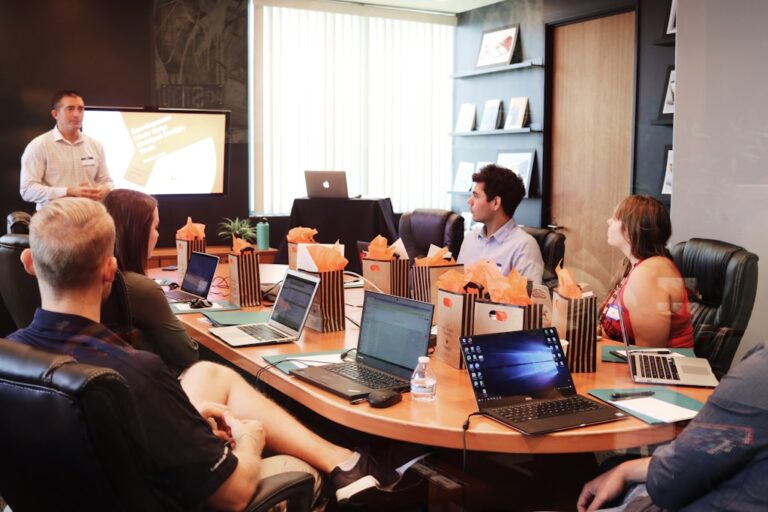Introduction:
Over the past two decades, the landscape of laptop technology has undergone significant transformations, shaping the way we work, communicate, and access information. As laptops have become integral to our daily lives, the repair industry has faced numerous challenges and opportunities. This article will delve into the evolution of laptop repairs tracing the technological advancements that have shaped the industry.
- Early Years (2000-2010): The Rise of Personal Computing
- In the early 2000s, laptops gained popularity as personal computing devices.
- Repairs often involved simple hardware replacements such as RAM, hard drives, and batteries.
- The repair industry focused on addressing common issues like overheating, screen malfunctions, and keyboard problems.
- Transition to Mobility (2010-2015): Slimmer Designs and Solid State Drives (SSDs)
- Laptops became more compact and lightweight, emphasizing mobility.
- Solid State Drives (SSDs) replaced traditional Hard Disk Drives (HDDs), offering faster performance.
- Repair challenges increased as components became more integrated and compact, requiring specialized tools.
- Touchscreens and Hybrid Devices (2015-2020): The Era of 2-in-1 Laptops
- Touchscreen technology and 2-in-1 convertible designs became popular.
- Repairs involved addressing issues with touchscreens, hinges, and detachable components.
- Increased reliance on proprietary connectors made repairs more complex.
- Thinner, Lighter, and More Powerful (2020-Present): Ultrabooks and Advanced Connectivity
- Laptops continued to get thinner and lighter without compromising performance.
- USB-C and Thunderbolt connectivity became standard, presenting new challenges for repair technicians.
- Integrated and non-user-replaceable components, such as soldered RAM and batteries, became common.
- Challenges in Modern Laptop Repairs:
- Obsolescence and Non-repairable Components: Manufacturers increasingly design laptops with components that are challenging or impossible to replace, leading to a throwaway culture.
- Security Measures: Security features like biometric authentication and hardware-based encryption add complexity to repairs.
- Sustainability Concerns: The environmental impact of electronic waste highlights the need for sustainable repair practices.
- Evolution in Repair Techniques:
- Diagnostic Software: Advanced diagnostic tools and software help technicians identify and address issues more efficiently.
- Specialized Training: Technicians now require specialized training to handle intricate repairs, including soldering components and working with proprietary connectors.
- Online Resources: Online communities and resources have become crucial for sharing repair tips and solutions.
- The Future of Laptop Repairs:
- Modular Designs: Advocacy for modular designs and easily replaceable components to promote sustainability.
- Standardization: A push for industry-wide standardization of components to simplify repairs and increase longevity.
- AI-Assisted Repairs: Integration of artificial intelligence for predictive maintenance and automated diagnostics.
Conclusion:
The evolution of laptop technology has presented both challenges and opportunities for the repair industry. As laptops continue to advance, repair techniques must adapt to meet new complexities. Balancing technological innovation with sustainability will be crucial for the future of laptop repairs.




